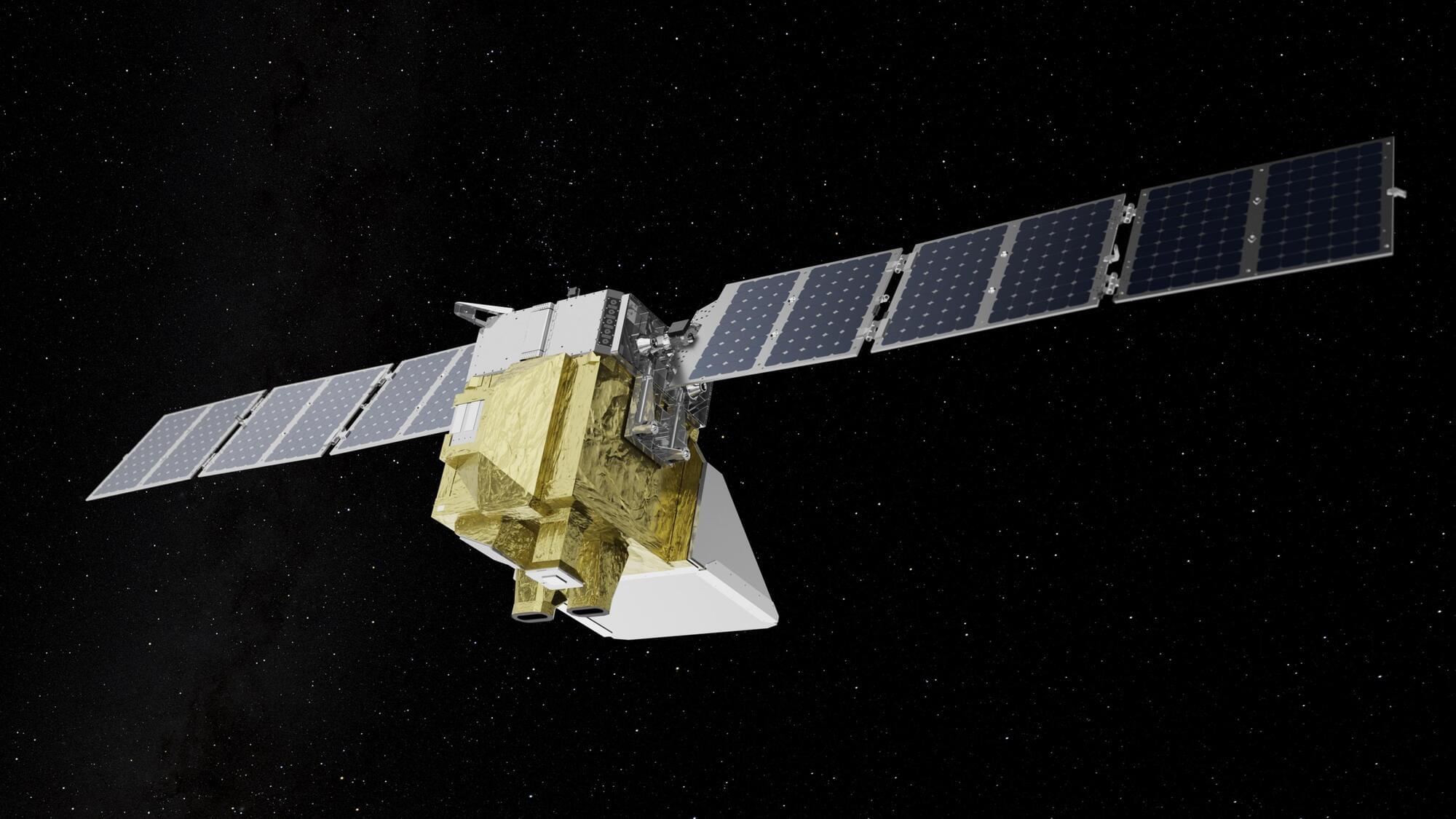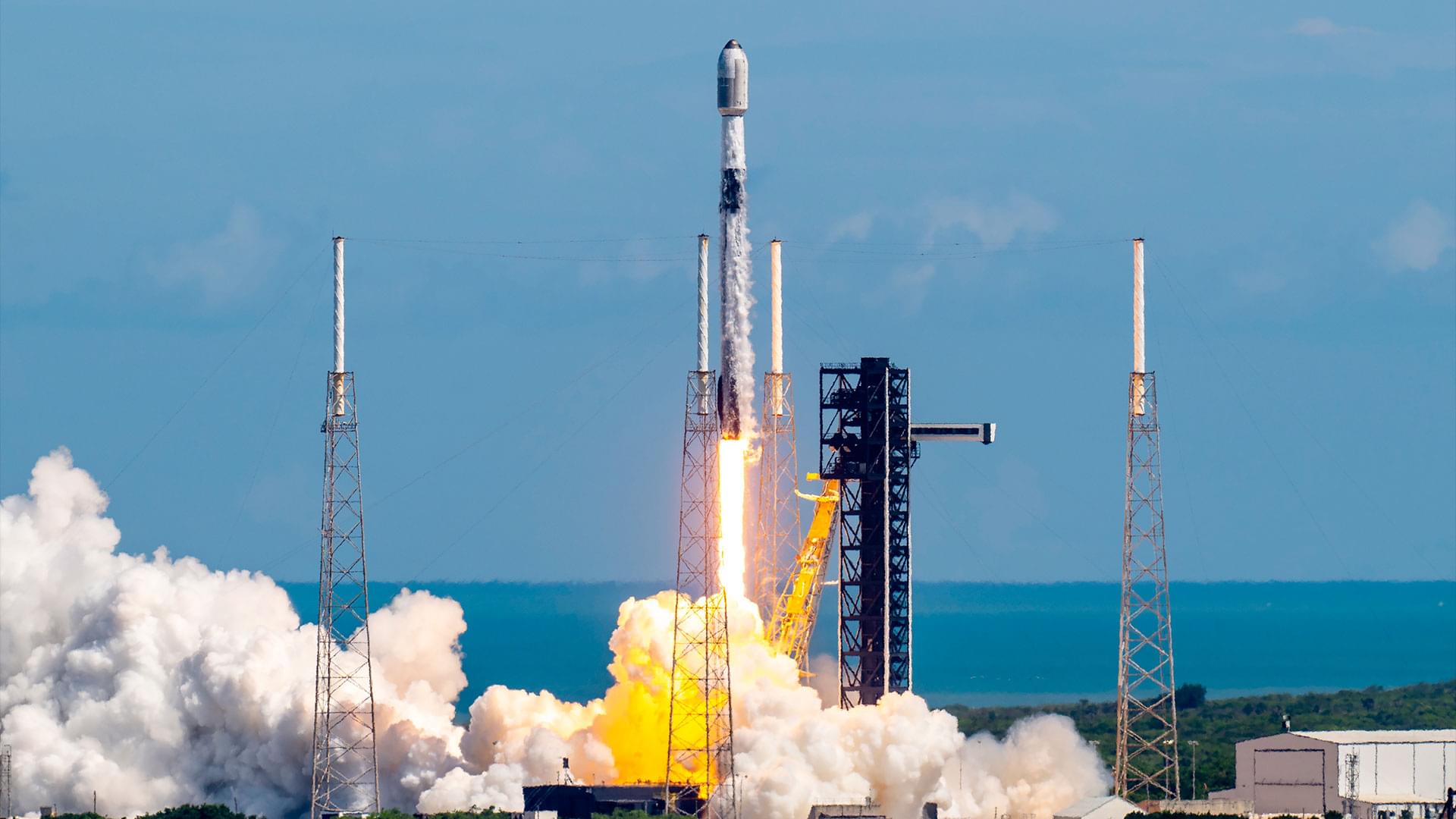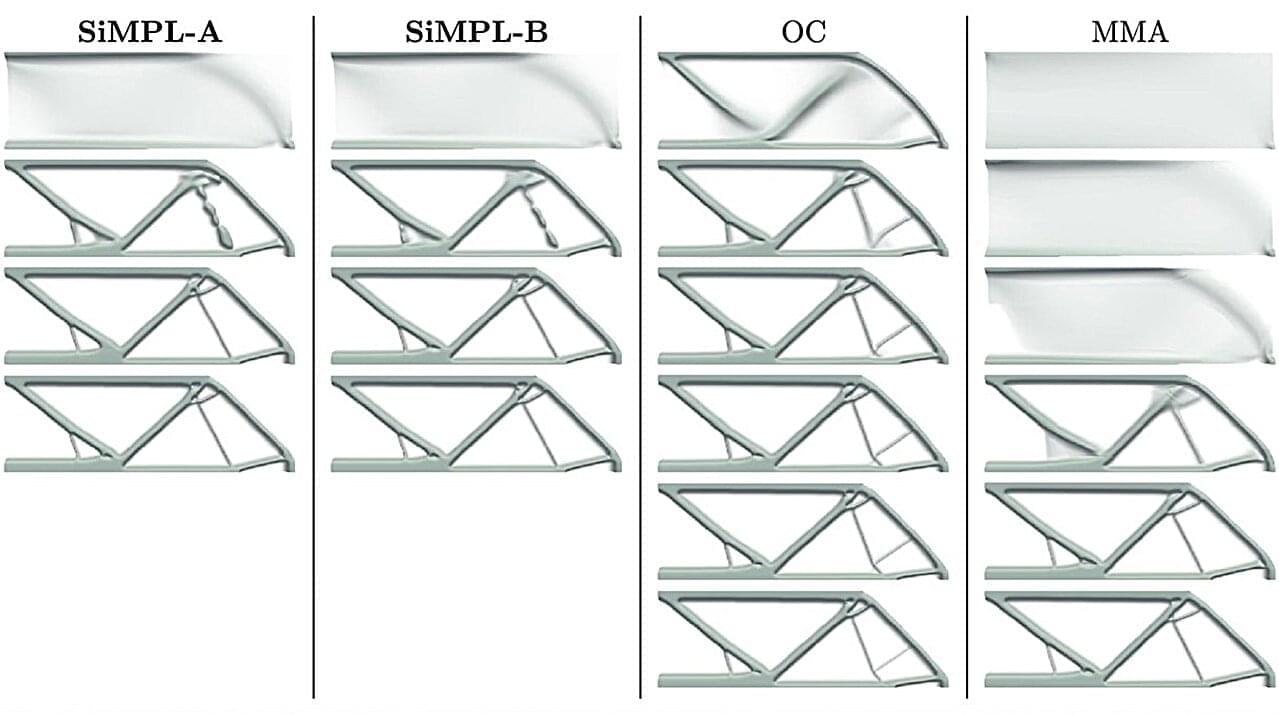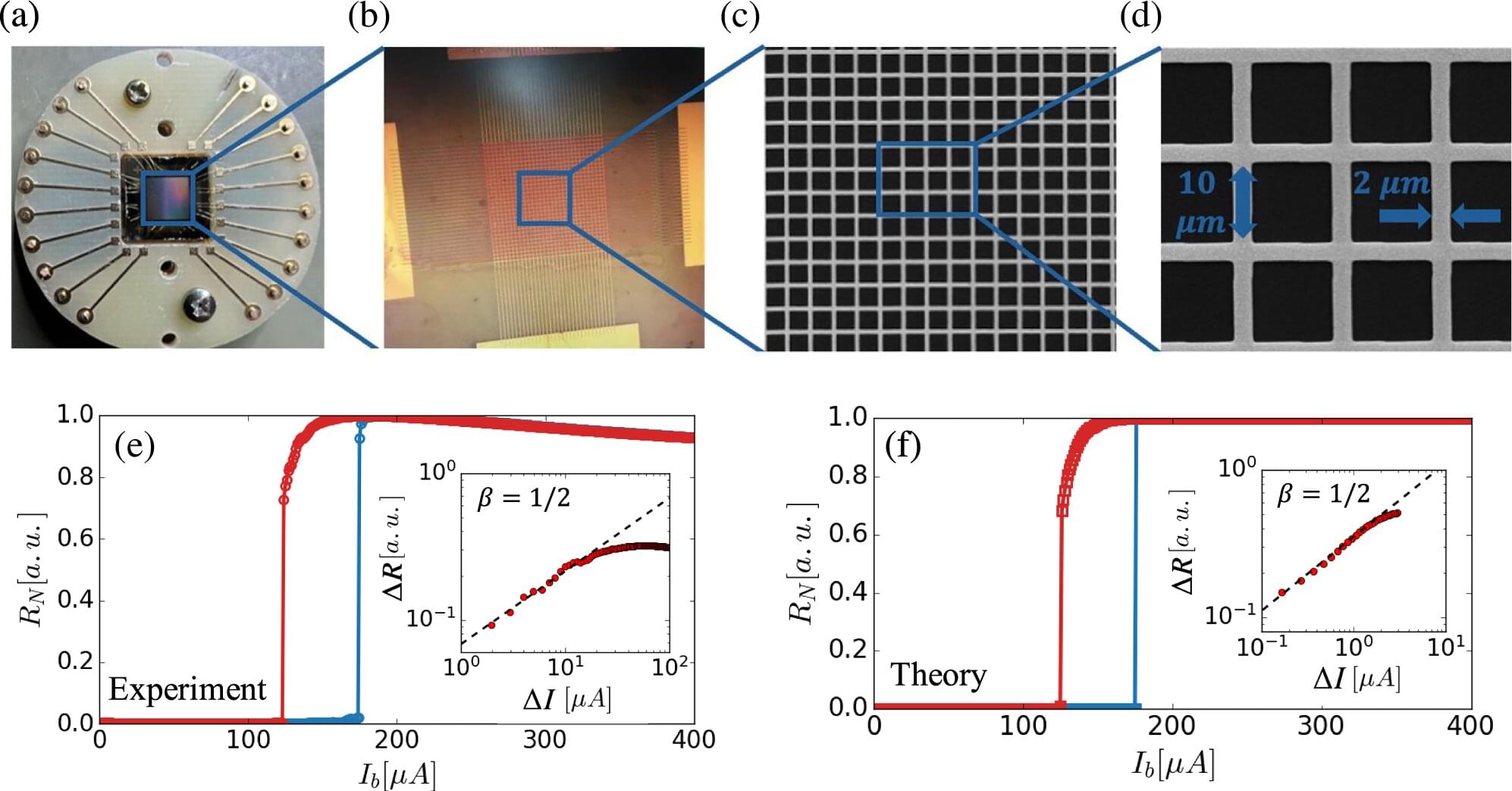Google to buy 200 megawatts of fusion energy from CFS’s ARC plant, marking its first commercial fusion deal.
Get the latest international news and world events from around the world.
Quantum translator on a chip: This device converts microwaves to light
Imagine if future quantum computers could talk to each other across cities, countries, even continents without losing their spooky quantum connection. A team of researchers from the University of British Columbia (UBC) has created a device that could help us realize this future.
This device, which is just a tiny chip made of silicon, works like a universal translator, converting signals between two incompatible energies: microwaves and light. This chip can convert up to 95% of a quantum signal in both directions, and with almost zero noise.

Climate satellite MethaneSAT backed by Bezos and Google fails in space after just 1 year
MethaneSAT was designed as a sort of check against commercial climate measurements in order to help policymakers independently verify industry emissions reports. “MethaneSAT is specifically designed to catalyze methane reductions by creating unprecedented transparency,” the mission’s website states.
EDF lists 10 mission partners credited with bringing the $88 million satellite to fruition, including BAE Systems, Harvard University, the New Zealand Space Agency, Bezos Earth Fund, Google and more. Though MethaneSAT is now out of service, mission operators say they’re still committed to turning the data they were able to collect into actionable results.
“We will continue to process data that we have retrieved from the satellite and will be releasing additional scenes of global oil and gas production region-scale emissions over the coming months,” EDT officials said. “To solve the climate challenge requires bold action and risk-taking and this satellite was at the leading edge of science, technology and advocacy. ”
Laser-wielding device is like an anti-aircraft system for mosquitoes
While we may still not have flying cars, robot butlers or food replicators actually in our possession, you can now order something else you may have long dreamt of. It’s called the Photon Matrix, and it uses lasers to track and kill airborne mosquitoes.
Currently the subject of an Indiegogo campaign, the Chinese-designed device is claimed to be capable of detecting a mosquito and gauging its distance, orientation and body size within just 3 milliseconds.
It does so using a LiDAR (light detection and ranging) module which determines the locations of objects by emitting laser light pulses, then measuring how long it takes that laser light to be reflected back by whatever it hits. When a mosquito is detected in this fashion, a second galvanometer-directed laser is instantaneously used to fatally zap the insect.



Quantum computer simulates spontaneous symmetry breaking at zero temperature
For the first time, an international team of scientists has experimentally simulated spontaneous symmetry breaking (SSB) at zero temperature using a superconducting quantum processor. This achievement, which was accomplished with over 80% fidelity, represents a milestone for quantum computing and condensed matter physics.
The results are published in the journal Nature Communications.
The system began in a classical antiferromagnetic state, in which particles have spins that alternate between one direction and the opposite direction. It then evolved into a ferromagnetic quantum state, in which all particles have spins that point in the same direction and establish quantum correlations.

Faster topology optimization: An emerging industrial design technique gets a speed boost
With the rise of 3D printing and other advanced manufacturing methods, engineers can now build structures that were once impossible to fabricate. An emerging design strategy that takes full advantage of these new capabilities is topology optimization—a computer-driven technique that determines the most effective way to distribute material, leading to an optimized design.
Now, a research team including mathematicians from Brown University has developed a new approach that dramatically improves the speed and stability of topology optimization algorithms. The team, a collaboration between researchers at Brown, Lawrence Livermore National Laboratory and Simula Research Laboratory in Norway, detailed their work in two recently published papers in the SIAM Journal on Optimization and Structural and Multidisciplinary Optimization.
“Our method beats some existing methods by four or five times in terms of efficiency,” said Brendan Keith, an assistant professor of applied mathematics at Brown. “That’s a huge computational savings that could enable people to make designs more quickly and inexpensively, or to develop more complex designs with higher resolution.”

The hidden mechanics of abrupt transitions: Superconducting networks show how tiny changes trigger system collapse
Why do some changes in nature unfold gradually, while others occur in the blink of an eye? Rust forming on metal is a slow, steady process that takes days or even weeks to become visible. By contrast, a power grid can collapse in mere seconds. What accounts for this difference?
A research team at Bar-Ilan University has uncovered a surprising mechanism behind these abrupt transitions, a hidden spontaneous sequence of micro-scale events that gradually destabilize a system until it snaps. Their discovery sheds new light on how complex systems behave near critical tipping points and offers a new way to anticipate and perhaps even prevent catastrophic failure.
In their study just published in Nature Communications, the team led by Professors Shlomo Havlin and Aviad Frydman—alongside BIU researchers Ira Volotsenko, Yuval Sallem, and Nahala Yadid, and postdoctoral collaborators Bnaya Gross (Northeastern University) and Ivan Bonamassa (CEU Vienna)—investigated a novel engineered experimental system: interdependent superconducting networks.
Grok in Tesla’s Leaked / Tesla Expands Robotaxi Invites / Surprising EV Sales Data
Questions to inspire discussion.
🏭 Q: How much LFP cell production capacity does Tesla have in Nevada? A: Tesla’s Nevada facility has equipment for 7–8 GWh of LFP cell production across two production lines, potentially for EVe and grid storage cells.
Tesla Business and Sales.
📊 Q: What are the expectations for Tesla’s Q2 PND report? A: Troy Teslike estimates 356,000 deliveries, while analyst consensus is 385,000, but PND reports are becoming less significant for Tesla’s business model.
💰 Q: What’s crucial for Tesla to become a multi-trillion dollar company? A: Unsupervised FSD rollout and Optimus sales at scale are key, not just increased car or megapack sales.
🇨🇳 Q: How are Tesla’s China sales performing? A: Latest week sales were 20,684 units, down 4.9% QoQ and 11% YoY, but year-to-date figures show Tesla China is closing the gap, down only 4.6% YoY.